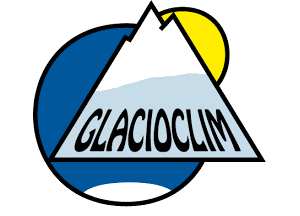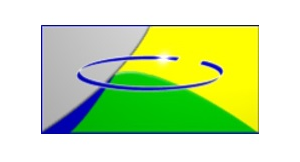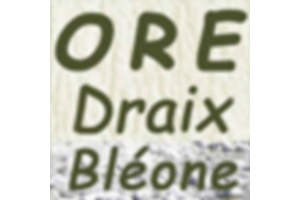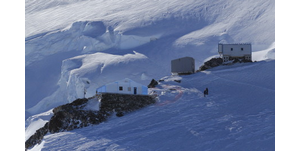Long term observations have been and are increasingly emerging as an essential mean in fundamental research and in response to contractual commitments for the state. Indeed, for each of the natural environments, it is necessary to understand the fundamental processes, to foresee the possible evolutions at different time scales and to build models that will have to assimilate reliable data.
In order to carry out this research and meet societal expectations, the Earth Sciences community is invested with a "service mission" which consists in the systematic observation of natural phenomena in order to monitor their evolution, understand and model it. Data from these observatories are made available to the international scientific community.
In the Earth Sciences, the IGE is responsible for three National Observation Services (SNO) of the INSU and / or IRD (AMMA-CATCH, GLACIOCLIM and OHMCV) and participates in the SNO CLAP. It also participates in the Draix-Bléone Environment Research Observatory. These services are networked at different levels :
Observation and Experimentation Systems for Environmental Research (SOERE) of the national alliance for research on the environment (AllEnvi) ;
Research Infrastructures (IR) labeled in France or by Europe.
In Ecological and Environment Sciences, IGE participates in the Rhone Basin (ZABR) and Alps (ZAA) Long Term Environment Research (ZA) of the Institute of Ecology and Environment INEE, themselves structured in network as well as in the Observatory Mean-Media (OHM) Nunavik (Canada).
See also "Observation" on OSUG website.
 The federation
The federation Intranet
Intranet














